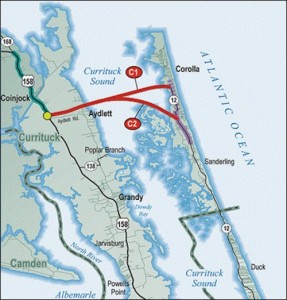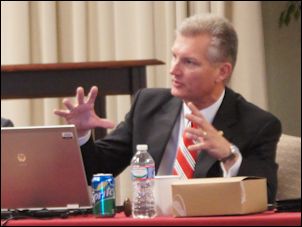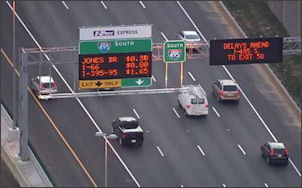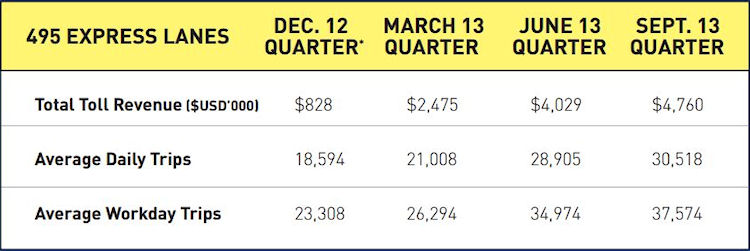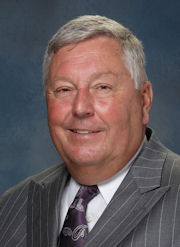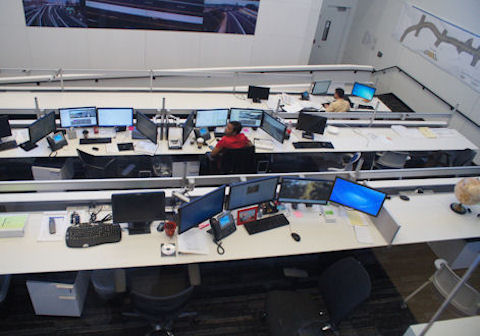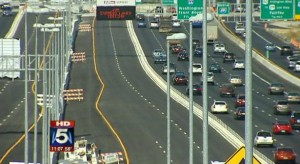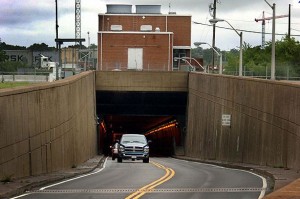A new question has arisen about the proposed $1.4 billion upgrade to U.S. 460 between Petersburg and Suffolk. Once the McDonnell administration ascertained that none of the three public-private partnership proposals on the table were viable and that the state would operate the road instead, why didn’t the Virginia Department of Transportation re-submit the construction project to competitive bidding? Why did the administration choose from among the three consortia that had submitted the original proposals?
“There is no doubt in my mind that this should have gone back out for new bids,” Del. S. Chris Jones, R-Suffolk, told the Times-Dispatch. “That would have been the prudent thing for the commonwealth.”
The House Appropriations Committee has summoned Secretary of Transportation Aubrey Layne, appointed by Governor Terry McAuliffe, to appear before the committee today to explain the decision-making process. The highway upgrade, touted as a boon to economic development in southern Hampton Roads when the Panama Canal widening opens, has been put on hold until the U.S. Army Corps of Engineers completes its assessment of the proposed route, which would disrupt hundreds of acres of wetlands. The state has already paid $300 million under terms of the contract even though construction work yet to begin.
The original concept for the project was a public-private partnership funded mainly by the private sector. Three design-construction consortia submitted proposals but all three made it clear that there would not be sufficient traffic volume on the highway to build it without massive government subsidies. The McDonnell administration decided to cut project costs by selling tax-free bonds through an independent financing authority and limiting the private sector role to designing and building the project.
Over and above seeking an explanation of how the state spent so much money before required environmental permits were obtained, legislators also want to know why VDOT didn’t open up the bidding process once a decision had been made to restructure the project. A larger number of bidders likely would have resulted in a lower winning bid.
An uproar developed over bidding for Phase 2 of the Rail-to-Dulles project in Northern Virginia when the Metropolitan Washington Airports Authority enacted a rule that would have required construction companies to enter into a Project Labor Agreement (PLA), effectively limiting the bidders to union companies. Many feared that the PLA requirement would result in fewer bids and a higher construction cost. Under public pressure MWAA backed off. Apparently, no one was watching the U.S. 460 project closely enough to question the McDonnell administration’s decision to avoid opening up the bidding process for a mega-project of comparable size.


